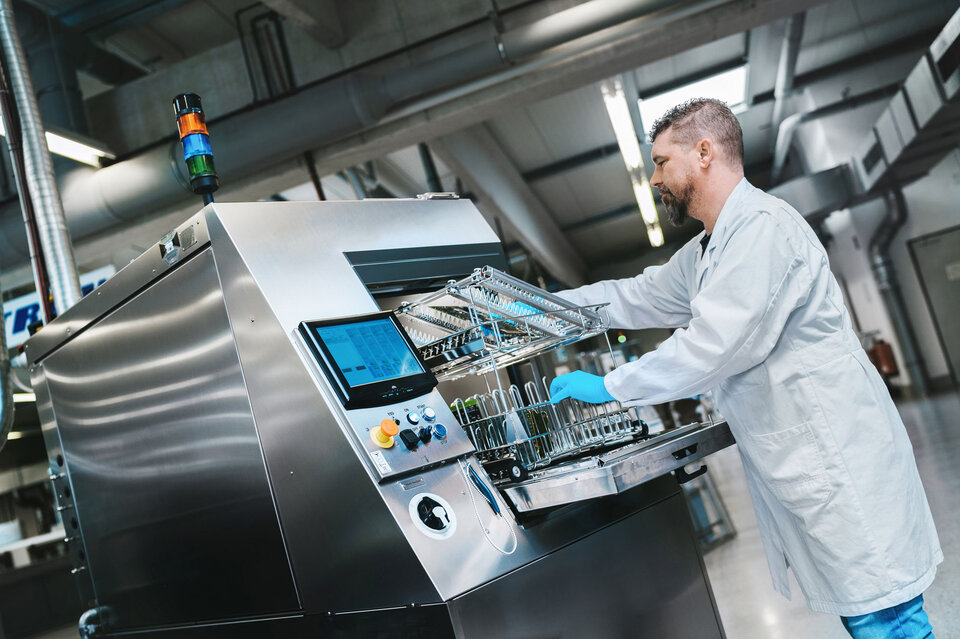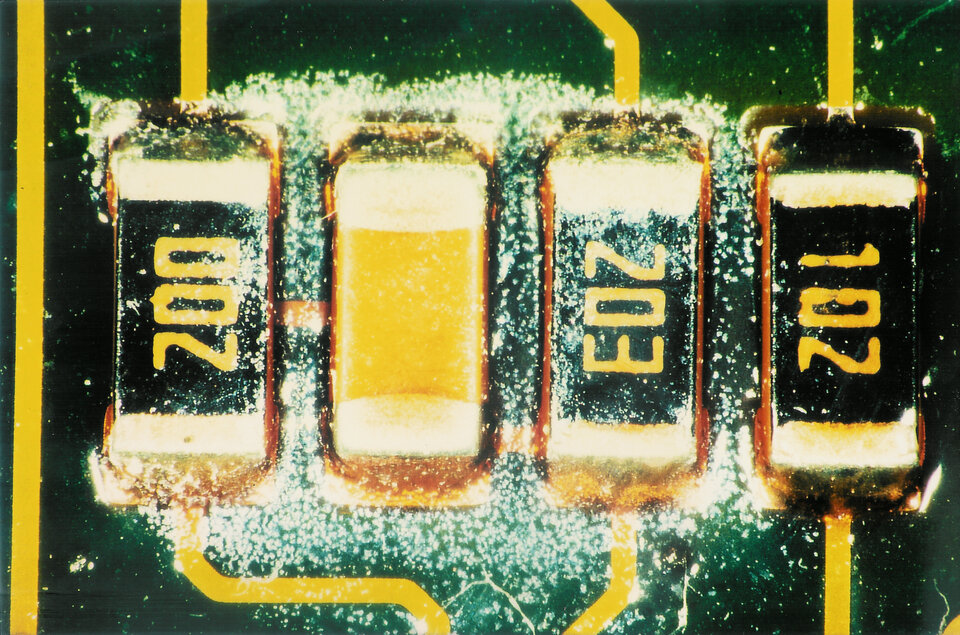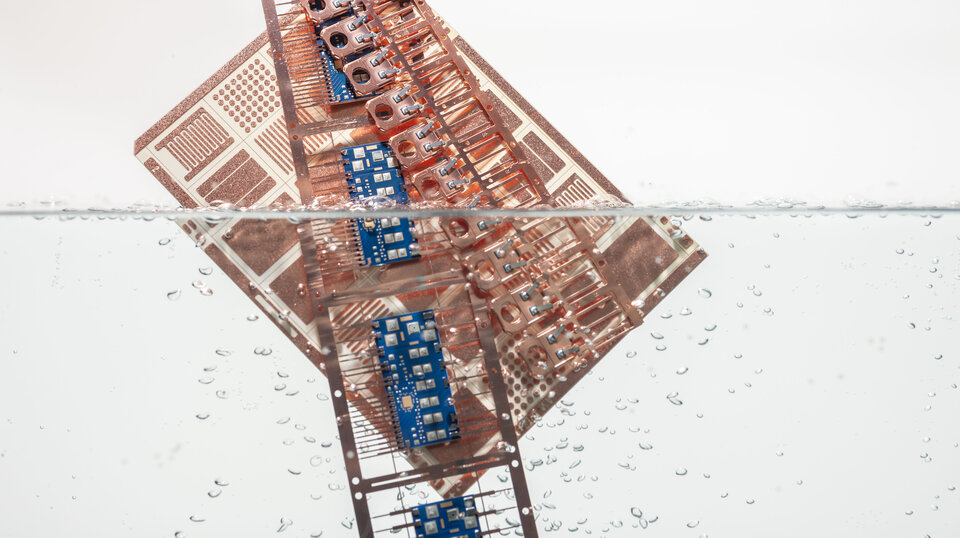Cleaning Agent Types and Their Suitability for Your Process
It is essential to understand the use and purposes when selecting appropriate cleaning agents for your cleaning process.
Cleaning basicsSelection of the cleaning agent types depends on their suitability for your process
The electronics manufacturing industry has developed rapidly in response to market pressure for higher functionality and innovation. With circuit boards now designed to be smaller, more compact, and more interconnected, effective cleaning has become crucial to address the risks of dendrite formation and electrochemical migration that could impact the reliability of the package. Various types of circuit packages, each with distinct properties, challenge the cleaning process regarding suitability and reliability.
The most commonly used cleaning agents for electronic boards and packages are solvent-based and water-based. With their difference in characteristics, the selection of a cleaning agent will depend on the types of contaminants to be removed and the material composition of the assemblies.
cleaning agent typeSolvent-based Cleaning Agent
- Cleaning agents are mainly made of organic solvents
- May be single component or blended solvent
- Operates at 100% concentration without dilution
- Commonly used for topical cleaning, batch cleaning, and assemblies with non-hermetically sealed components.
- Types of solvent-based cleaners:
- Simple Alcohol-based: IPA, Acetone, Hydrocarbon
- Halogenated-based: Toluene, Trichloroethylene, nPB (Quick-drying/non-flammable)
- Modified alcohol: Made of blends from multiple organic solvents from different manufacturers


cleaning agent typeWater-based Cleaning Agent
- Cleaning agent with primarily water-based content
- Consists of various ingredients dissolved or suspended in the water such as:
- Surfactant
- Solvent (Inorganic and organic bases)
- pH Adjuster
- Chelating agents
- Other additives
- Gentle on the work environment and extremely safe to use
- Usually operated with deionized water in a certain ratio / concentration
cleaning basicsFactors to selecting a suitable cleaning agent for your process.
It is essential to understand the use and purposes when selecting appropriate cleaning agents for your cleaning process.
Each type of cleaning agent has different characteristics, and it is crucial to comprehend the factors before making selections.
- Cleaning Performance
The requirements for a certain degree of cleanliness determine the types of cleaning agents needed for your cleaning process. There is a need to understand the type of product to clean, to decide if the results go best with water-based or solvent based cleaners. - Material Compatibility
Some materials may be sensitive to certain types of cleaning agents and lead to unnecessary damage when used without care. Therefore, it is recommended to perform cleaning trials to determine the compatibility before full load. Check out our free evaluation services. - Operating Costs
The costs of the cleaning agent versus the overall running costs involving the amount of liquid consumption, the replacement and the disposal amount which affects the bath life, as well as factors when used on different kinds of cleaning machines. Thus, a cleaning agent with a short bath life may be more expensive in the long run, despite its favourable price per liter, than a cleaning agent with a higher purchase price providing a longer bath life. - Safety Requirements
Most companies rely on the safety regulations when selecting the cleaning agent so that all requirements are met, and the level of hazards is minimized. Be sure to consider each law and regulation when selecting a cleaning agent. - Environmental Impact
There are numerous indicators representing environmental impact. Some may prefer cleaning agents with lower volatile organic compound (VOC) value, like pH-neutral cleaning agents, over those like solvent-based series to improve environmental issues and reduce health hazards.
understanding cleaning suitabilityYour Trusted Partner for Professional Cleaning Solutions
At this point, to choose the right cleaning agent, it is recommended to seek professional advice from a cleaning expert, who can determine the most cost-effective solution. Similarly, it is crucial to choose a cleaning agent that is suitable for removing the specific contamination and thus ensures the best possible cleaning results.




